

Articles
How To Store Alfredo Sauce
Modified: March 23, 2024
Learn the best methods for storing Alfredo sauce properly to keep it fresh and flavorful. Read our informative articles on how to preserve homemade and store-bought Alfredo sauce for longer shelf life.
(Many of the links in this article redirect to a specific reviewed product. Your purchase of these products through affiliate links helps to generate commission for Storables.com, at no extra cost. Learn more)
Introduction
Alfredo sauce is a creamy and delicious sauce that adds a rich flavor to pasta dishes, chicken, and seafood. Whether you made a homemade batch or purchased a jar from the store, it’s essential to know how to store Alfredo sauce properly to retain its taste and freshness. Improper storage can lead to spoilage, flavor degradation, and unappetizing texture. In this article, we will discuss the importance of storing Alfredo sauce correctly and explore different methods to ensure its longevity.
Key Takeaways:
- Properly storing Alfredo sauce is essential to maintain its freshness, flavor, and safety. Whether refrigerating, freezing, or canning, following the right method ensures convenience and delicious meals without compromising quality.
- Choosing the right containers, labeling, portioning, and following temperature guidelines are crucial for storing Alfredo sauce. Whether for short-term use or long-term preservation, proper storage techniques guarantee flavorful and safe sauce for your culinary creations.
Read more: How To Store Homemade Alfredo Sauce
Why is it important to store Alfredo sauce properly?
Properly storing Alfredo sauce is crucial for maintaining its quality, flavor, and safety. Here are a few reasons why it’s important to store Alfredo sauce correctly:
1. Preserve freshness: Alfredo sauce contains perishable ingredients like cream, butter, and cheese. These ingredients can spoil quickly if not stored properly. By storing the sauce correctly, you can extend its shelf life and ensure that it maintains its freshness for as long as possible.
2. Maintain flavor: Alfredo sauce is known for its creamy and flavorful taste. Improper storage can cause the sauce to develop off-flavors or lose its original taste. By storing it correctly, you can help preserve the distinct flavors of the sauce, ensuring that it tastes just as delicious when you use it later.
3. Avoid spoilage: Storing Alfredo sauce incorrectly can lead to the growth of bacteria, yeast, or mold. Consuming spoiled sauce can result in foodborne illnesses, such as stomachaches, nausea, and diarrhea. To prevent the risk of food poisoning, it’s essential to store the sauce in a way that inhibits the growth of harmful microorganisms.
4. Savings: Properly storing Alfredo sauce can help you avoid wastage, saving you money in the long run. When you store the sauce correctly, it stays fresh and usable for a longer period, reducing the need to throw away expired or spoiled sauce.
5. Convenience: Storing Alfredo sauce properly allows you to have a ready-to-use sauce on hand whenever you need it. By planning ahead and storing the sauce in appropriate containers, you can easily incorporate it into your meals without the hassle of making it from scratch every time.
Now that we understand why it’s important to store Alfredo sauce properly, let’s explore different methods for storing it to ensure its longevity and quality.
Different methods for storing Alfredo sauce
There are various methods for storing Alfredo sauce depending on your preferences and the duration you want to store it for. Here are the three most common methods:
1. Refrigerating Alfredo sauce: Refrigeration is the most common method used to store Alfredo sauce. To refrigerate the sauce, transfer it to an airtight container or place the original jar in the refrigerator. Make sure to check the expiration date on the jar and use it as a guideline for how long you can store the sauce. Typically, refrigerated Alfredo sauce can last for up to 5 days. However, it’s important to note that the sauce may thicken slightly when refrigerated. To restore its creamy consistency, gently heat it on the stovetop or in the microwave, stirring occasionally.
2. Freezing Alfredo sauce: Freezing Alfredo sauce is an excellent option if you want to store it for an extended period. To freeze the sauce, let it cool completely and transfer it to freezer-safe containers or freezer bags. Label the containers with the date and freeze them flat to save space. Frozen Alfredo sauce can last up to 3 months in the freezer, but it’s best to consume it within 1-2 months for optimal flavor and quality. When you’re ready to use the sauce, thaw it in the refrigerator overnight and reheat it on the stovetop or in the microwave, stirring occasionally.
3. Canning Alfredo sauce: Canning Alfredo sauce is a more involved process, but it allows for long-term storage without the need for refrigeration or freezing. To can Alfredo sauce, you will need to use a pressure canner to ensure the safety and preservation of the sauce. Follow a tested canning recipe and carefully sterilize the jars before filling them with the sauce. Process the jars according to the recommended canning times and store them in a cool, dark place. Canned Alfredo sauce can last for up to a year or even longer if stored correctly.
It’s essential to note that for both refrigeration and freezing methods, it’s best to store Alfredo sauce in portioned amounts to prevent the need for thawing or reheating the entire batch when you only need a small quantity. This helps maintain the quality of the sauce and avoids repeated exposure to temperature changes.
Now that we’ve discussed the different methods for storing Alfredo sauce, let’s delve into each method in detail, starting with refrigeration.
Method 1: Refrigerating Alfredo sauce
Refrigeration is a popular and convenient method for storing Alfredo sauce, especially if you plan to use it within a few days. Follow these steps to refrigerate your Alfredo sauce:
1. Cool the sauce: Allow the freshly-made Alfredo sauce to cool down to room temperature before transferring it to the refrigerator. This prevents condensation from forming inside the container, which can affect the sauce’s texture and quality.
2. Select the right container: Choose an airtight container or jar that is suitable for refrigeration. Glass jars with tight-fitting lids or plastic containers with secure seals are great options. Make sure the container is clean and dry before adding the sauce to it.
3. Transfer the sauce: Carefully pour the Alfredo sauce into the chosen container. Leave some headspace at the top of the container to allow for expansion as the sauce cools and to minimize the risk of leaking.
4. Seal and store: Seal the container tightly with the lid or covering. Place the sauce in the refrigerator, preferably on a shelf towards the back where the temperature is the most consistent. Avoid storing it in the refrigerator door, as this area experiences greater temperature fluctuations.
5. Label and date: Don’t forget to label the container with the date of storage. This helps you keep track of how long the sauce has been refrigerated and ensures that you use it before it spoils.
Refrigerated Alfredo sauce can typically last for up to 5 days. However, it’s important to check for any signs of spoilage before using it. Discard the sauce if you notice an off odor, mold growth, or any other indicators of spoilage.
When you’re ready to use the refrigerated Alfredo sauce, gently reheat it on the stovetop or in the microwave. Heat it slowly over low heat while stirring occasionally to prevent scorching and to ensure even heating.
Remember, refrigeration is the ideal method if you plan to consume the sauce within a short period. If you want to store Alfredo sauce for a longer period, freezing is a better option, which we’ll cover next.
Store Alfredo sauce in an airtight container in the refrigerator for up to 5 days. To freeze, transfer to a freezer-safe container and store for up to 3 months. Thaw in the refrigerator before reheating.
Method 2: Freezing Alfredo sauce
Freezing Alfredo sauce is an excellent option if you want to store it for an extended period, allowing you to enjoy the sauce at your convenience. Follow these steps to freeze your Alfredo sauce:
1. Cool the sauce: Allow the freshly-made Alfredo sauce to cool completely before freezing. This prevents condensation from forming inside the container and helps maintain the texture of the sauce.
2. Select freezer-safe containers: Choose containers or freezer bags specifically designed for freezing. Make sure they are airtight and sturdy to prevent leakage and freezer burn. Alternatively, you can use ice cube trays or silicone molds to freeze individual portions for easy portioning later on.
3. Portion the sauce: Decide on the portion size that you will typically use when cooking. It’s best to freeze the sauce in small portions to avoid thawing and refreezing the entire batch every time you need a smaller amount. This helps preserve the quality of the sauce and reduces waste.
4. Transfer and label: Pour the Alfredo sauce into the freezer-safe containers or bags, leaving some headspace for expansion. Seal the containers tightly, ensuring there are no air pockets. Don’t forget to label each container with the date of freezing for easy tracking.
5. Freeze flat: If using freezer bags, lay them flat in the freezer to maximize space and allow for easy stacking. If using containers, arrange them in a single layer or stack them if space permits. Allow enough space between containers to ensure proper airflow and even freezing.
Alfredo sauce can be stored in the freezer for up to 3 months. However, for best taste and quality, it’s recommended to consume it within 1-2 months of freezing. Beyond this timeframe, the sauce may start to develop off-flavors or lose its original texture.
When you’re ready to use the frozen Alfredo sauce, there are a couple of methods to thaw it:
1. Refrigerator thawing: Transfer the frozen sauce from the freezer to the refrigerator and allow it to thaw slowly overnight. This method is the safest and helps maintain the sauces’ texture and flavor.
2. Thawing in a water bath: If you need to thaw the sauce quickly, you can place the frozen container in a bowl of cold water. Make sure the container is tightly sealed to prevent water from entering. Change the water every 30 minutes to maintain a safe temperature. Once thawed, use the sauce immediately.
After thawing, gently reheat the Alfredo sauce on the stovetop or in the microwave, stirring occasionally. If the sauce appears separated or grainy after thawing, whisk it vigorously to restore its creamy consistency.
Freezing Alfredo sauce allows you to have a convenient supply on hand whenever you need it, reducing waste and ensuring you always have a tasty sauce available for your favorite pasta dishes.
Read more: How To Make Olive Garden Alfredo Sauce
Method 3: Canning Alfredo sauce
Canning Alfredo sauce is a more involved process, but it offers the benefit of long-term storage without the need for refrigeration or freezing. Canning allows you to preserve the sauce’s quality and flavor for an extended period. Here’s how you can can Alfredo sauce:
1. Refer to a tested recipe: It’s essential to follow a tested recipe specifically designed for canning Alfredo sauce. This ensures the sauce’s safety and proper preservation. Look for reputable sources like canning books, trusted websites, or USDA guidelines for tested and approved recipes.
2. Gather canning supplies: Prepare all the necessary canning supplies, including Mason jars, new lids and bands, a pressure canner, a canning funnel, a ladle, a bubble remover, and a clean kitchen towel. Make sure to sterilize the jars and lids according to the manufacturer’s instructions.
3. Prepare the sauce: Make a batch of Alfredo sauce according to the canning recipe you’re following. Ensure that the sauce is hot and freshly prepared.
4. Fill the jars: Using a canning funnel and a ladle, carefully pour the hot Alfredo sauce into the sterilized jars, leaving about 1 inch of headspace at the top. Remove any air bubbles by gently inserting a bubble remover or a non-metallic utensil along the sides of the jar.
5. Seal the jars: Wipe the jar rims with a clean, damp cloth to remove any sauce or residue. Place a new lid on each jar and secure it with a band, tightening it just until it’s snug. Avoid over-tightening.
6. Process the jars: Follow the recommended pressure canning instructions for your altitude and the type of pressure canner you’re using. Process the jars for the specified time, ensuring that the pressure canner reaches and maintains the correct pressure. After processing, turn off the heat and allow the canner to cool and depressurize naturally.
7. Check the seal and store: After the jars have cooled, check the lids for a proper seal by pressing down on the center. If the lid does not move or make a popping sound, the seal is secure. Label each jar with the date of canning and store them in a cool, dark place.
Canned Alfredo sauce can last for up to a year, or even longer, if stored properly. Before using the sauce, carefully inspect the jar for any signs of spoilage. If the lid is bulging, there is mold growth, or the sauce has an off smell or appearance, discard it immediately.
Canning Alfredo sauce requires thorough adherence to safety guidelines, as improper canning can result in the growth of harmful bacteria. It’s crucial to follow tested recipes and canning instructions precisely to ensure the safety and quality of the canned sauce.
By canning Alfredo sauce, you can have a supply of homemade sauce ready whenever you need it, making meal preparation more convenient and enjoyable.
Tips for storing Alfredo sauce
To ensure the best quality and longevity of your Alfredo sauce, here are some helpful tips for storing it:
1. Proper container selection: Choose airtight containers or jars that are specifically designed for storing food. Avoid using containers that are not food-safe or have lids that do not seal tightly. Proper containers play a vital role in preventing exposure to air and moisture, which can lead to spoilage.
2. Labeling and dating: Always label your containers with the date of storage. This allows you to keep track of how long the sauce has been stored and ensures that you use it before it potentially spoils. Additionally, labeling helps you easily identify the sauce in the refrigerator or freezer.
3. Portioning: Consider storing the sauce in smaller, individual portions. This allows you to thaw or reheat only the amount you need without having to thaw the entire batch. It also reduces the risk of contamination when repeatedly exposing the sauce to varying temperatures.
4. Proper temperature: Store refrigerated Alfredo sauce at a temperature of 40°F (4°C) or below. Keep your refrigerator at the appropriate temperature setting and ensure that the sauce remains in the coldest part of the fridge, such as the back or bottom shelf.
5. Safe freezing practices: When freezing Alfredo sauce, ensure that it is completely cooled before transferring it to the freezer. Leaving it at room temperature for an extended period before freezing can lead to bacterial growth. Additionally, avoid freezing large quantities in a single container, as it will make thawing and reheating more challenging.
6. Avoid temperature fluctuations: Whether refrigerating or freezing, try to minimize temperature fluctuations by opening the refrigerator or freezer door only when necessary. Frequent temperature changes can affect the integrity and quality of the sauce.
7. Use freezer-safe containers: When freezing Alfredo sauce, ensure that the containers or bags you use are specifically designed for freezer storage. They should be able to withstand low temperatures without cracking or leaking.
8. Follow recommended storage times: Adhere to the recommended storage times for refrigerated and frozen Alfredo sauce. While refrigerated sauce generally lasts up to 5 days, frozen sauce is best used within 1-2 months for optimal flavor and quality.
9. Inspect and discard: Before using any stored Alfredo sauce, carefully inspect it for any signs of spoilage, such as mold growth, off odor, or unusual color or texture. If you notice any of these indicators, discard the sauce to avoid the risk of foodborne illness.
10. Don’t double-dip: When using refrigerated or thawed Alfredo sauce, avoid cross-contamination by using a clean utensil each time you scoop out the amount you need. Double-dipping can introduce bacteria into the sauce, compromising its safety.
By following these tips, you can ensure that your Alfredo sauce remains fresh, flavorful, and safe to consume. Proper storage practices not only help maintain the sauce’s quality but also provide convenience and reduce food waste.
Conclusion
Properly storing Alfredo sauce is crucial for maintaining its freshness, flavor, and safety. Whether you choose to refrigerate, freeze, or can the sauce, each method has its benefits and considerations. Refrigeration is ideal for short-term storage, freezing allows for longer-term storage while maintaining quality, and canning provides a shelf-stable option without the need for refrigeration or freezing.
By following the recommended storage methods and tips, you can ensure that your Alfredo sauce remains delicious and safe to consume. Choosing the right containers, labeling and dating, portioning, and following proper temperature guidelines are key factors to consider regardless of the storage method you choose.
Remember to always inspect the sauce for signs of spoilage before using it. If you notice any off smells, mold growth, or unusual texture, it is best to discard the sauce to prevent the risk of foodborne illness.
Storing Alfredo sauce properly not only preserves its quality but also offers convenience and cost savings. With a well-stocked supply of Alfredo sauce, you can quickly and easily prepare delicious pasta dishes, chicken, seafood, and more.
So, whether you plan to enjoy the sauce within a few days, freeze it for future use, or can it for long-term storage, the proper storage techniques outlined in this article will help you maintain the taste and quality of your Alfredo sauce.
By understanding the importance of proper storage and following the recommended methods for refrigeration, freezing, or canning, you can enjoy the rich, creamy, and flavorful Alfredo sauce anytime you desire, creating culinary masterpieces in your kitchen with convenience and assurance.
Frequently Asked Questions about How To Store Alfredo Sauce
Was this page helpful?
At Storables.com, we guarantee accurate and reliable information. Our content, validated by Expert Board Contributors, is crafted following stringent Editorial Policies. We're committed to providing you with well-researched, expert-backed insights for all your informational needs.
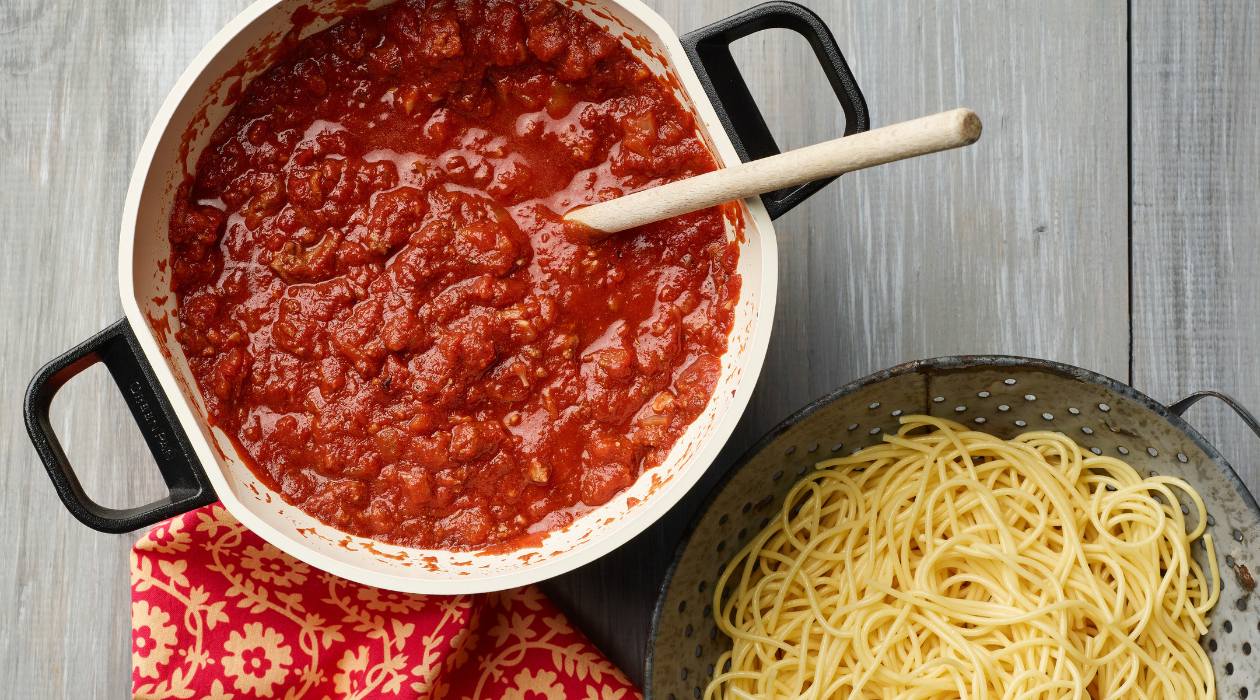
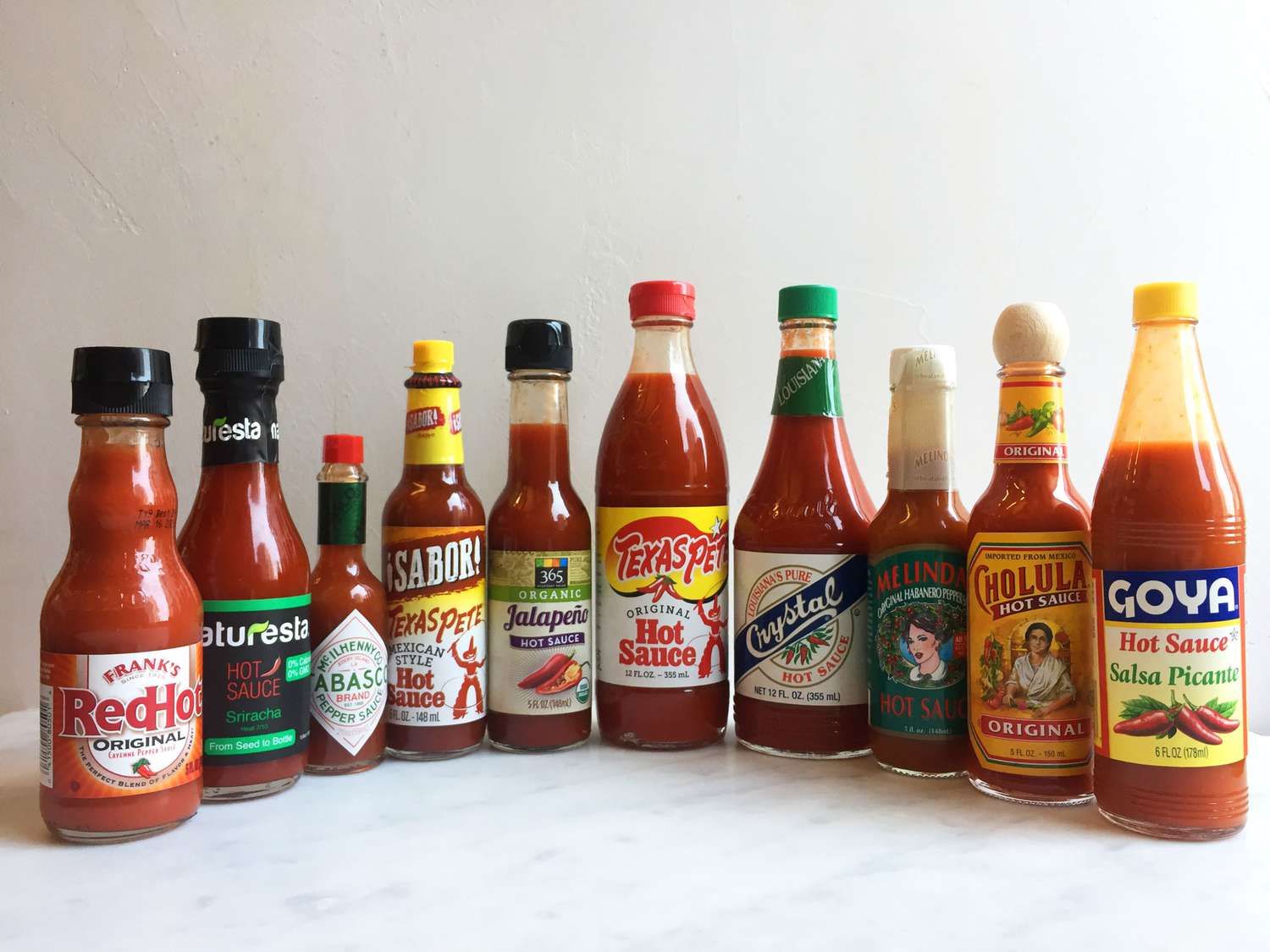


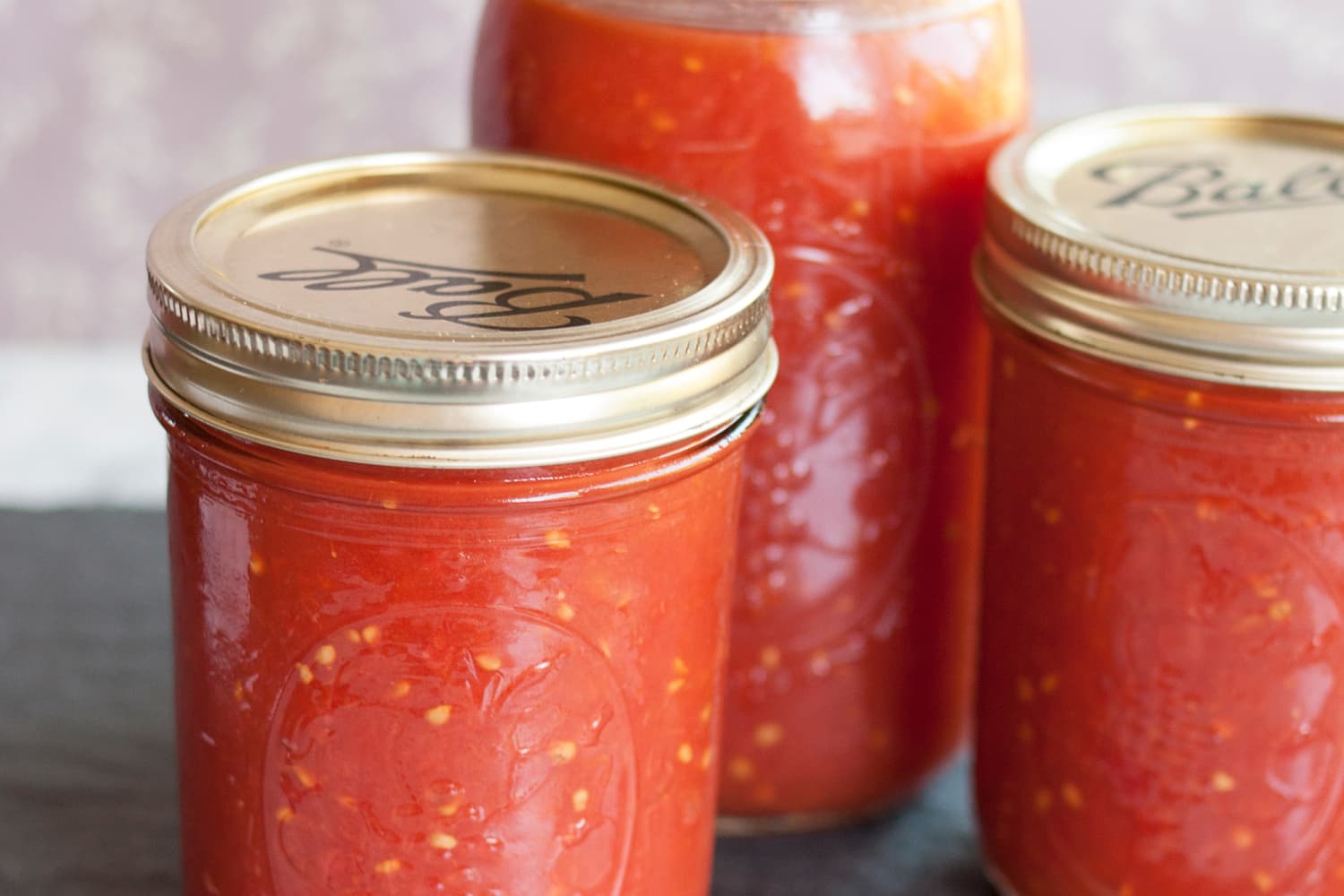
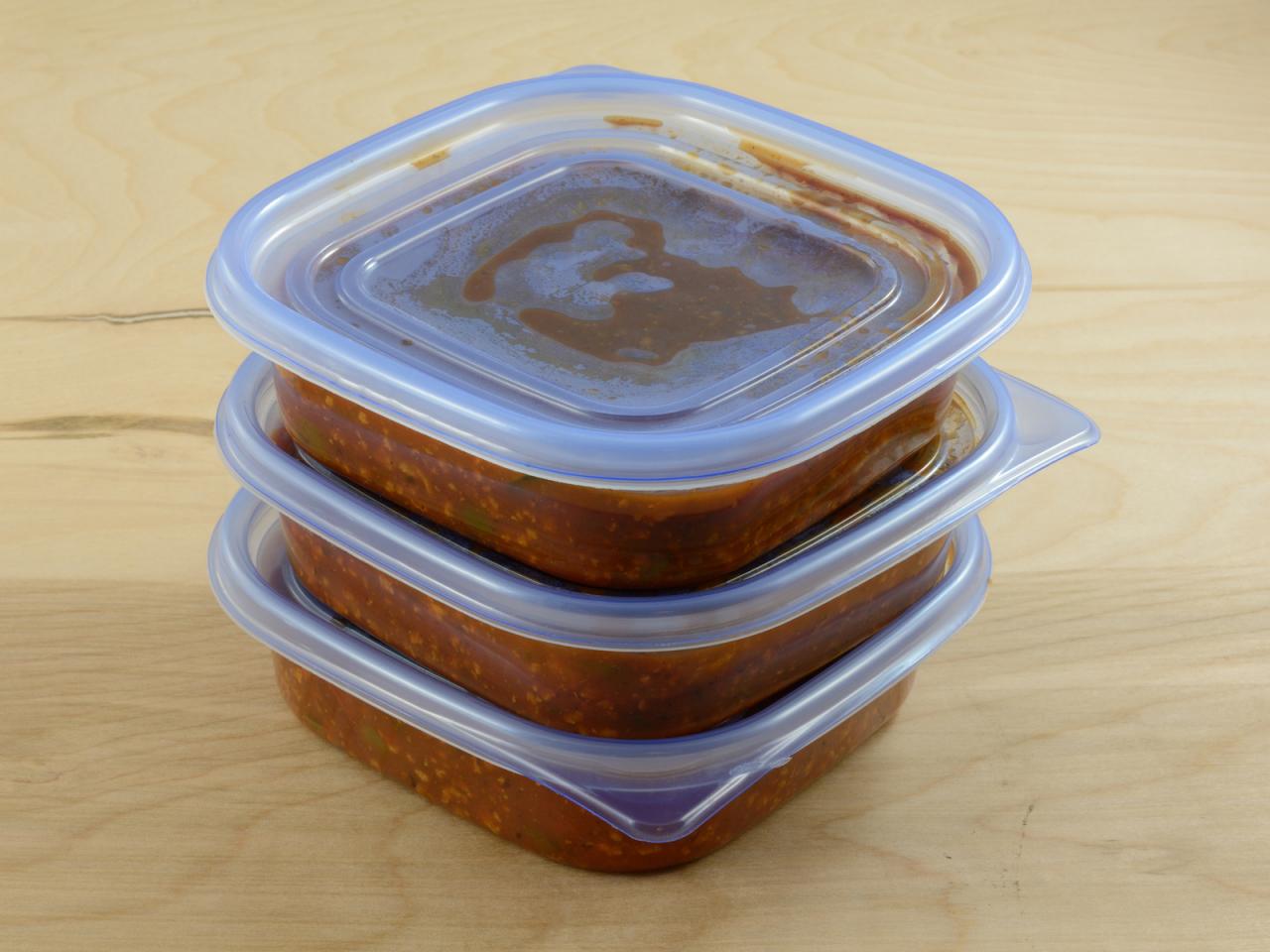

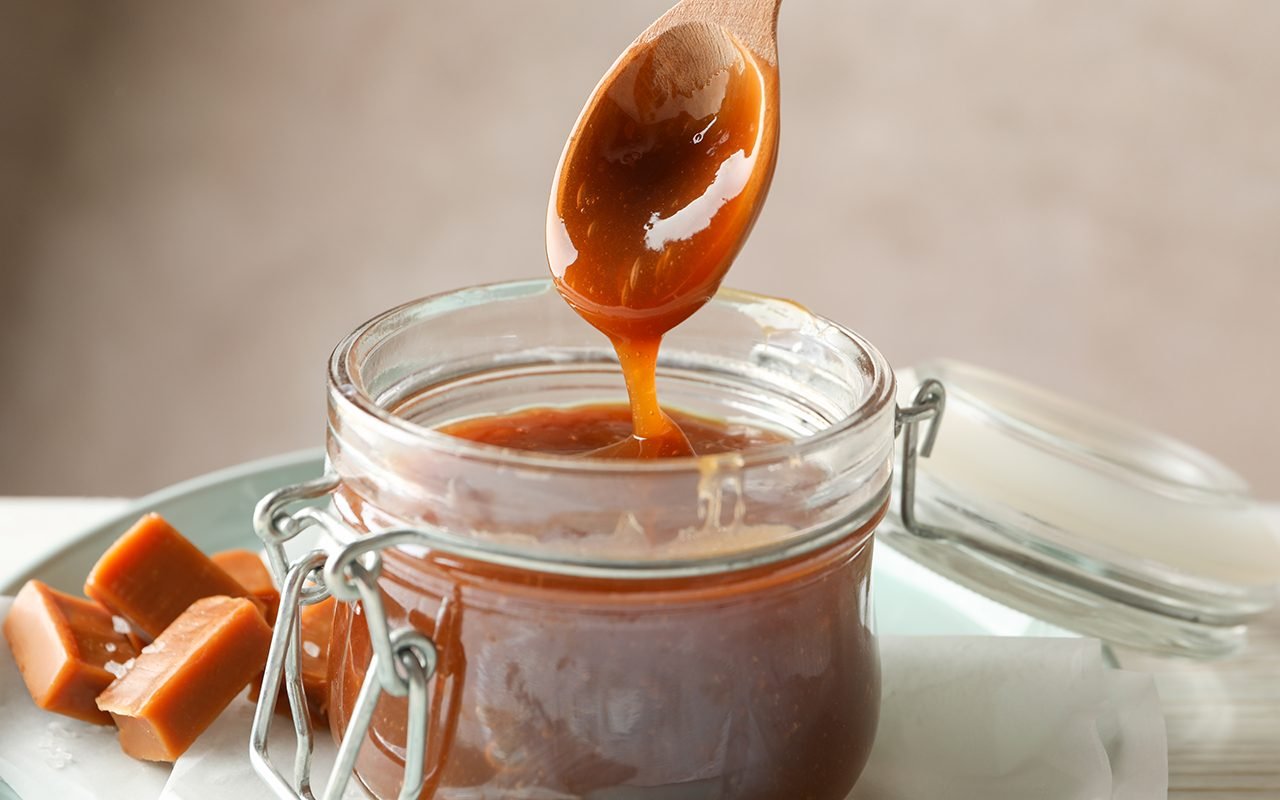



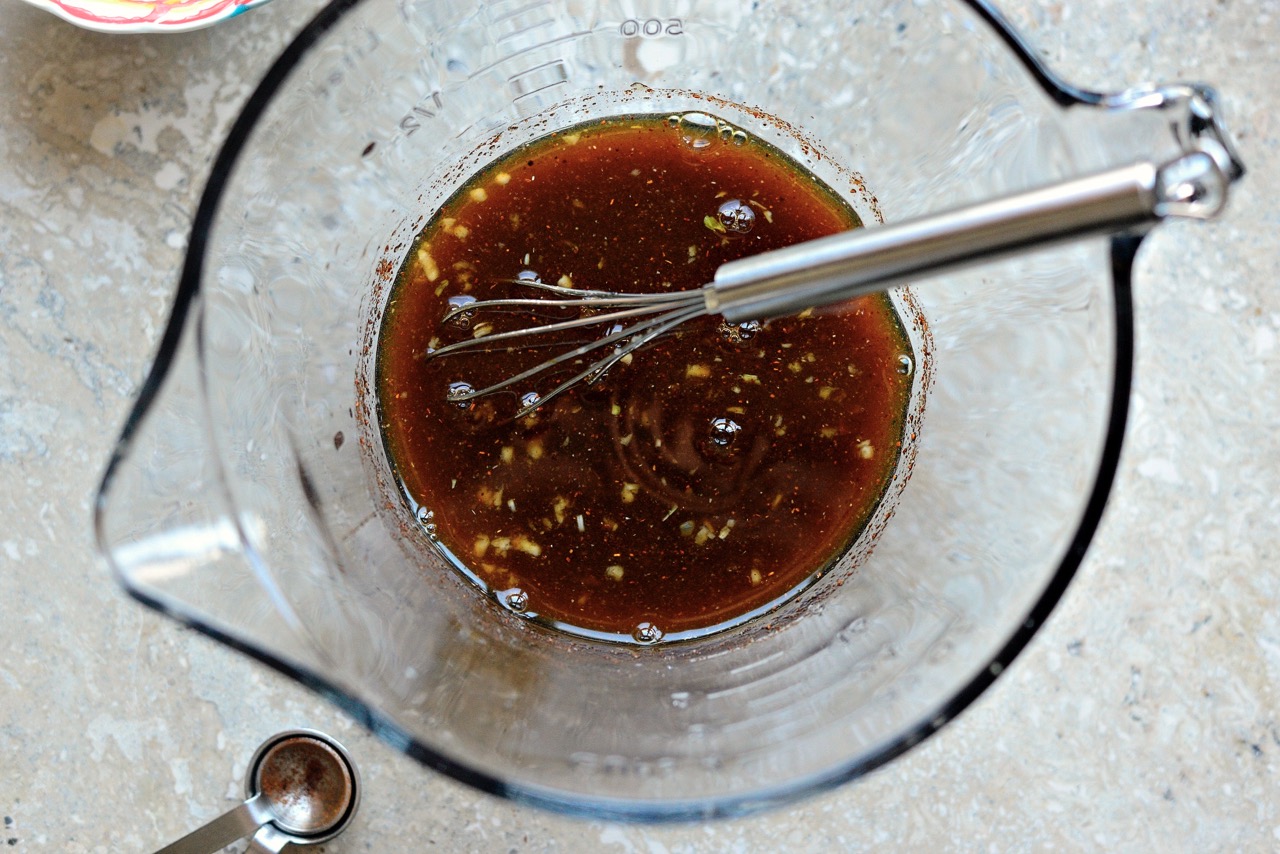
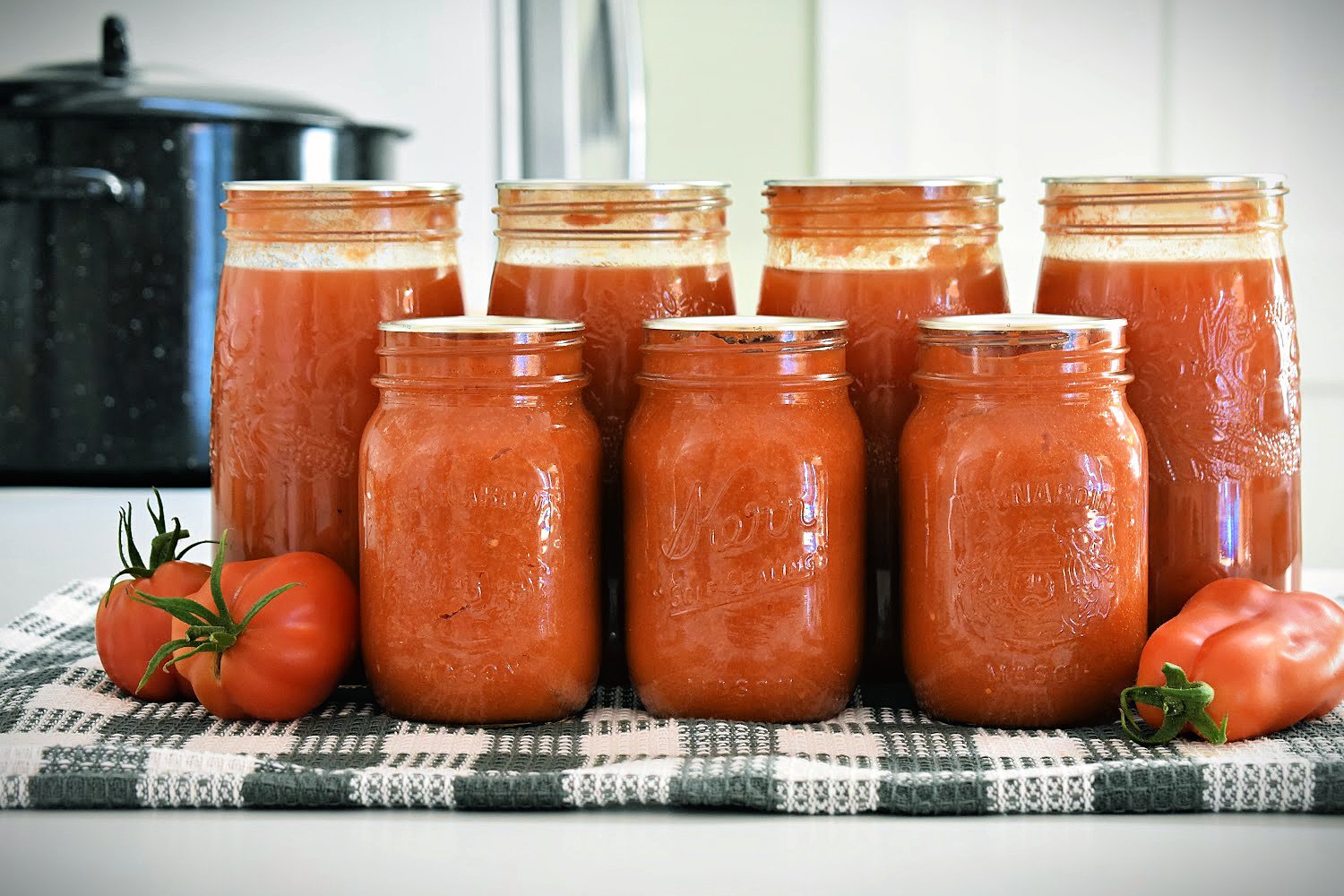
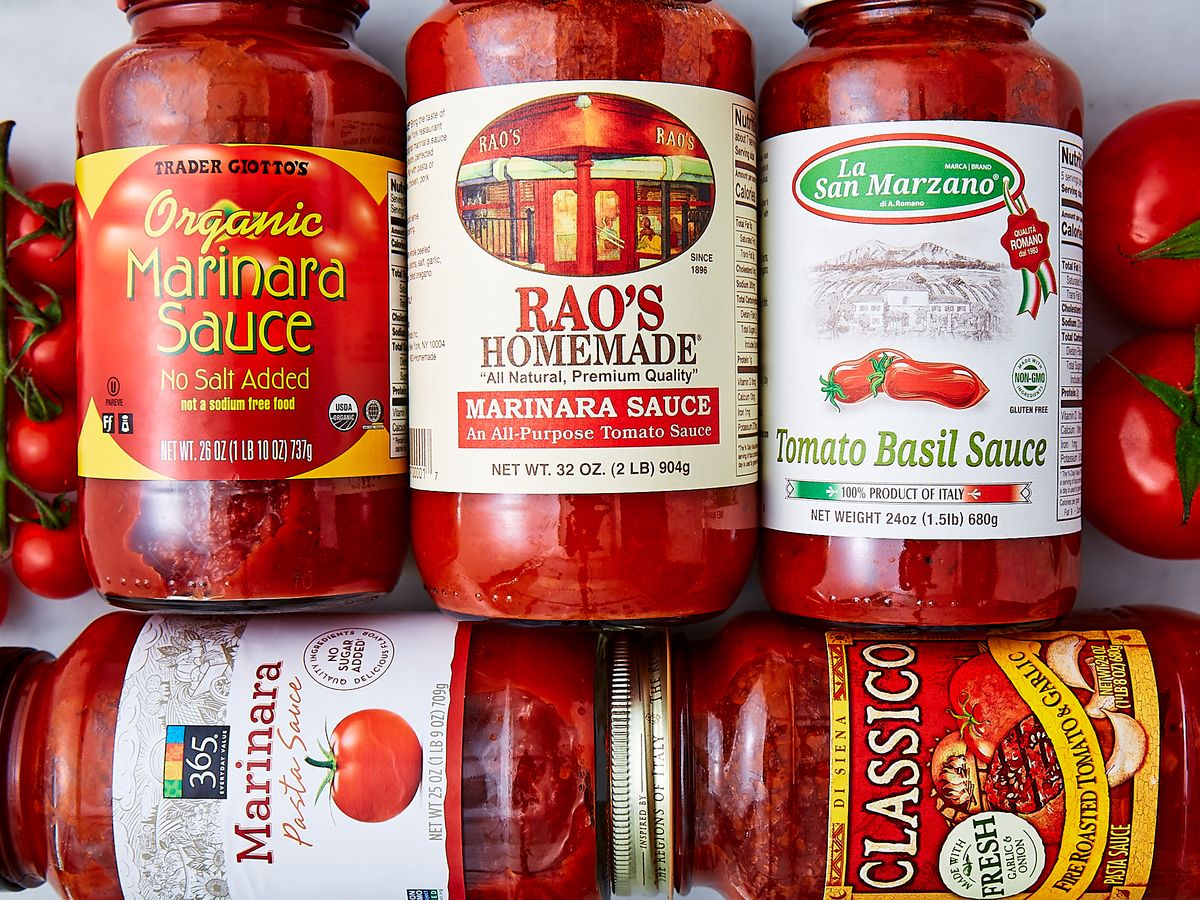

0 thoughts on “How To Store Alfredo Sauce”